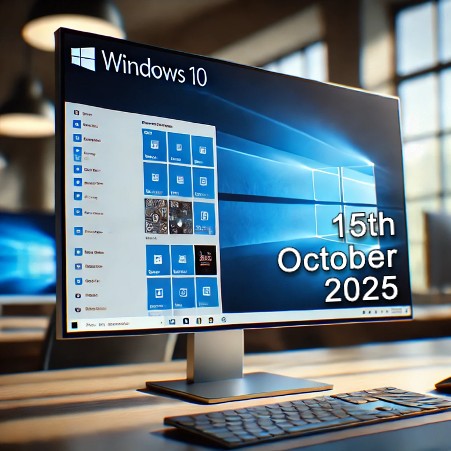We have just passed the one-year mark until Microsoft Windows 10 reaches its official end of life in October 2025.
With less than a year to go, it’s time for businesses to start thinking about their current device suitability.
When Windows 10 reaches its end of life, Microsoft will no longer provide any updates or fix any vulnerabilities that are uncovered within the Windows 10 operating system. This puts businesses that continue to use Windows 10 at significant risk of cyber-attacks and non-compliance issues.
Unlike previous versions of Windows, the transition from Windows 10 to Windows 11 relies on some key hardware requirements being met. Most newer computers will already meet these requirements however some computers over four years old may not and will need to be replaced.
One of the hardware requirements lacking in much older devices includes TPM (Trusted Platform Module) 2.0 – a security chip that is crucial for Windows 11 functionality. Its main purpose is to cryptographically store sensitive data, such as passwords and encryption keys outside of the main Operating System.
Microsoft estimate that up to 40% of devices running Windows 10 in business environments may not be compatible with Windows 11.
Hardware upgrades can represent a significant investment, so even though it may seem that there is still plenty of time, it’s important to budget for this well in advance.
To check the compatibility of your devices, or to discuss your options for upgrading, please give us a call or enter your contact details here and we will contact you.

